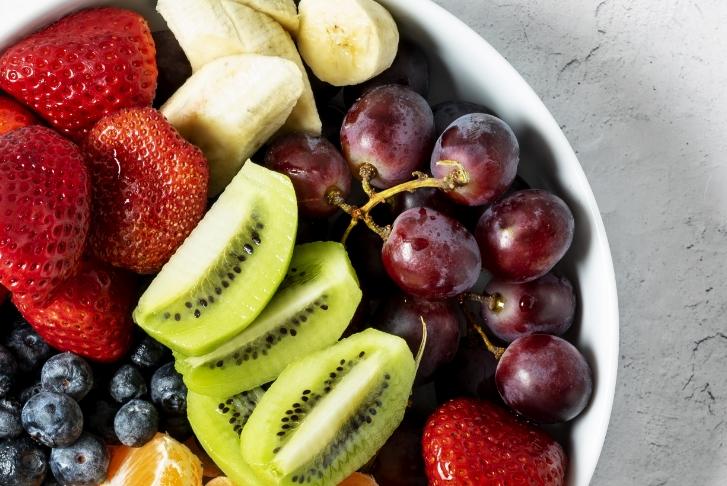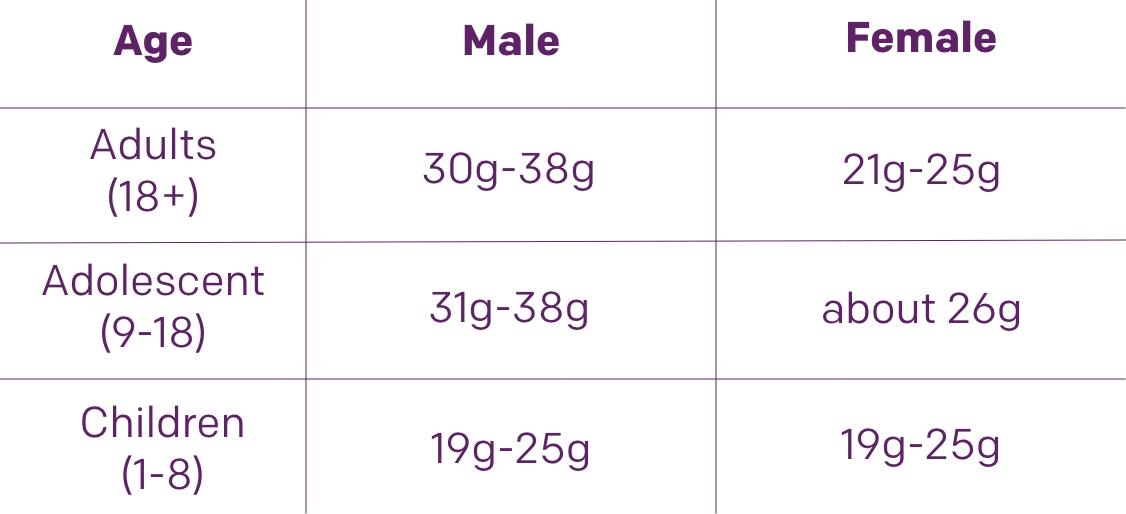The information provided on this site is for educational purposes only and is not a substitute for professional medical advice. Please consult a healthcare professional for medical advice, diagnosis and treatment.

Most of us know that fiber aids digestion and plays an important role in our microbiome.
Yet, the average American eats only 10-15 grams of dietary fiber per day – well below the recommended amount. In fact, only 7% of Americans consume the daily minimum.
Most of us know that fiber aids digestion and plays an important role in our microbiome.
Yet, the average American eats only 10-15 grams of dietary fiber per day – well below the recommended amount. In fact, only 7% of Americans consume the daily minimum.

What is Fiber?
Fiber is a macronutrient that the human body
can’t break down and digest. There are two types:
soluble and insoluble – each performing a
different function in the intestinal tract.
What is Fibre?
Fiber is a macronutrient that the human body can’t break down and digest. There are two types: soluble and insoluble – each performing a different function in the intestinal tract.

Soluble and Insoluble Fiber
Why do we need a balance of both?

The U.S. Department of Agriculture (USDA) recommends the following
intake minimums:

The U.S. Department of Agriculture (USDA) recommends the following intake minimums:

- B.V.B. Johnson et al. Dietary supplement considerations during glucagon-like Peptide-1 receptor agonist treatment: A narrative review. Obesity. 2025; 16: 100209
*This statement has not been evaluated by the Food and Drug Administration. This product is not intended to diagnose, treat, cure, or prevent any disease.




